Podo Museum (포도뮤지엄)
0 2024-01-31
788 Sallngnam-ro, Andeok-myeon, Seogwipo-si, Jeju-do
Opened in April 2021, Podo Museum aims to be a space that promotes the symbiosis of the Earth's ecological environment and humankind and listens to the voices of the socially underprivileged. It operates mainly around exhibitions without any separate experience programs. Exhibitions are held following the museum's goals and themes. As the content changes depending on the period, checking the website before visiting is recommended. The museum also has a café and souvenir shop on its first floor, making it great to look around on rainy days when outdoor sightseeing is not a preferred option. There are Camellia Hill, Bangju Church, and Bonte Museum nearby, so visitors are recommended to look around.
Seoul K-Medi Center (서울한방진흥센터)
1 2024-01-30
26 Yangnyeongjungang-ro, Dongdaemun-gu, Seoul
Seoul Yangnyeongsi Market is an herbal medicine specialty market that distributes 70% of the herbal medicines traded in Korea and is a Korean medicine-themed town with over a thousand businesses related to oriental medicine, including oriental medicine clinics and herbal medicine stores. The Seoul K-Medi Center, located in this center of Korean herbal medicine culture, is an oriental medicine complex cultural facility that promotes the excellence and safety of traditional Korean medicine through various exhibitions, education, and experiences. The building is unique in that it harmonizes the simplicity of modern architecture with Korean elegance. Visitors can enjoy various experiences in many different facilities in the center, including the Herb Medicine Museum, where one can expand their understanding of Korean medicine by examining over 300 types of medicinal herbs and their effects; the Herb Medicine Experience Room, where visitors can experience herbal medicine natural face packs and herbal heat packs; and Yakseon Food Experience Center, where visitors can learn about healthy recipes using medicinal herbs and make healthy foods.
LOTTE Outlets – Namak Branch (롯데아울렛 남악점)
0 2024-01-30
80 Namak-ro 162beon-gil, Samhyang-eup, Muan-gun, Jeollanam-do
Lotte Outlets Namak Branch provides new and enjoyable experiences every day. It is the largest shopping space in the region where Lotte Mart, restaurants, kids playground, and pet store are harmonized.
Solsongju Cultural Center (솔송주문화관)
0 2024-01-26
50-6 Gaepyeong-gil, Jigok-myeon, Hamyang-gun, Gyeongsangnam-do
Solsongju is a liquor distilled after steaming pine sprouts picked from the mountains around Gaepyeong Village from April to May and fermenting them with hard-boiled rice in the crude liquor. It has been introduced several times as a toast at summit dinners and international events. Solsongju Cultural Center, located at the entrance of Gaepyeong Hanok Village, is a space that informs the history and tradition of Solsongju. Park Hong-seon, an Intangible Cultural Property holder with the secret of Solsongju passed down for more than 500 years, has operated this cultural center with her husband for nearly 30 years. Visitors can experience a variety of traditional liquor, including Solsongju, made using traditional tools; Nokpaju, an herbal liquor of the Goryeo period; and Damsol, a rice soju, and you can also try tasting them. These can be consumed as is or as various cocktails. There are four types of cocktails in the cocktail-making experience: Damsol Julep, Solbaram, Damsol Tea, and Damkok.
Wonder Island (원더아일랜드)
0 2024-01-24
89 Sinhwayeoksa-ro 304beon-gil, Andeok-myeon, Seogwipo-si, Jeju-do
Wonder Island is the nation's first experience-based media exhibition space, and is located inside Summerset Clubhouse within Shinhwa World. The exhibition hall, geared towards children, is divided into 12 different themes that show Jeju's beautiful nature and animals.
Gimhae National Museum (국립김해박물관)
14262 2024-01-23
190 Gayaui-gil, Gimhae-si, Gyeongsangnam-do
The Gimhae National Museum was opened on July 29, 1998, in order to research and preserve the cultural heritage of the ancient kingdom of Gaya. The museum is at the foot of Gujibong Peak in Gimhae-si, the spot where the kingdom is believed to have been founded. The museum exhibits the cultural assets of Gaya, as well as cultural relics from the prehistoric age in the Busan and Gyeongsangnam-do areas, and the cultural heritage of Byeonhan, which was the foundation for the growth of Gaya.
The exterior of the museum is made using black bricks representing iron ore and charcoal famous during the Gaya Kingdom. There are two exhibition halls, while the walkway to the halls have approximately 1,300 artifacts in display.
Jeju Stone Park (제주돌문화공원)
51155 2024-01-11
2023 Namjo-ro, Jocheon-eup, Jeju-si, Jeju-do
Located in Jocheon-eup, Jeju-si, Jeju Stone Park was inspired by Jeju's culture and applications of stones. The main theme focuses on the foundation and identity of Jeju Island, based on the myth of Seolmundae Halmang (Grandmother Seolmundae), who created Jeju Island and the stones of Obaek Janggun (Five Hundred Generals). The park serves as a historical and cultural space where collected stones respresent Jeju's foundation and culture.
Gayageum Theme Park (가야금테마공원)
0 2024-01-10
19-10 Gichan land-ro, Yeongam-eup, Yeongam-gun, Jeollanam-do
Opened in 2014, Gayageum Theme Park is the only gayageum-themed park in Korea. Various relics and materials related to the gayageum, a representative Korean traditional stringed instrument consisting of 12 strings, are displayed through which visitors have the opportunity to learn about this unique instrument. In addition to the 12-string gayageum, the improved ones, with 18 strings, 21 strings, and 25 strings, are also on display and the only ox-horn gayageum in Korea made of ox horns and pure gold is particularly worth observing. A bust of Kim Chang-jo born in Yeongam, who created the framework of Gayageum Sanjo (a free-style gayageum solo music), is also on display. In the listening room, visitors can appreciate beautiful music played by gayageum masters.
Youngwol Y Park (젊은달와이파크)
1 2024-01-09
1467-9 Songhakjucheon-ro, Jucheon-myeon, Yeongwol-gun, Gangwon-do
Youngwol Y Park is a complex art space that recreated the Sulsaem Museum, which opened in 2014, into a regeneration space that combines contemporary works of art, museums, and workshops. This newly created contemporary art space was planned by sculptor Choi Ok-yeung. Located in Jucheon-myeon’s untouched beautiful nature, the space is composed of Red Bamboo, Red Pavilion, and Jupiter, which are works using the signature red color of Choi Ok-yeung. The artist designed the space according to various themes, such as life, space, and regeneration, intending to evoking various feelings within visitors through viewing and experience. It is a huge art museum and land art space divided into 11 landscapes, and it's worth taking the time to look around slowly.
Gyeongnam Art Museum (경남도립미술관)
16973 2024-01-05
296, Yongji-ro, Uichang-gu, Changwon-si, Gyeongsangnam-do
+82-55-254-4600
Gyeongnam Art Museum, located in Uichang-gu, Changwon-si, Gyeongsangnam-do, opened on June 23, 2004. It consists of four floors above ground and one floor underground, functioning as an exhibition space for visitors and a place for academic research and education. In addition to large and small exhibitions for the general public, special exhibitions with hands-on activities are held for children as well. Moreover, sessions and seminars for professional artists are held to promote networking and communication with the aim of developing local culture and arts.
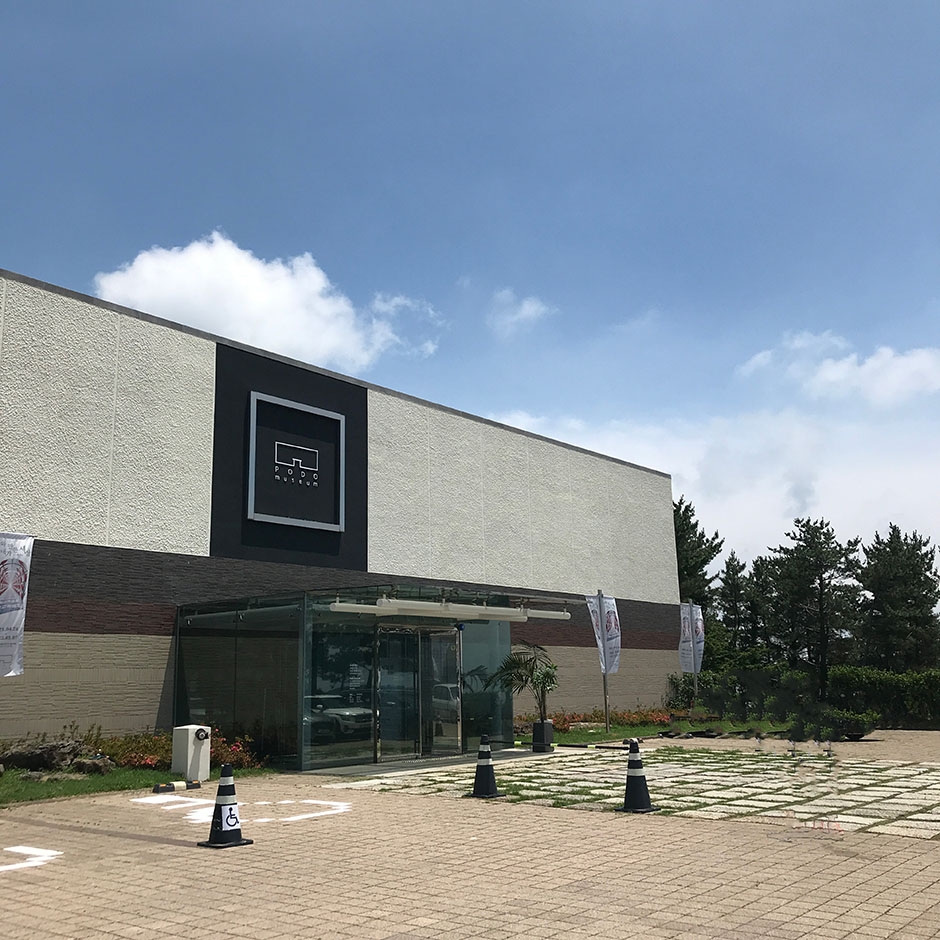

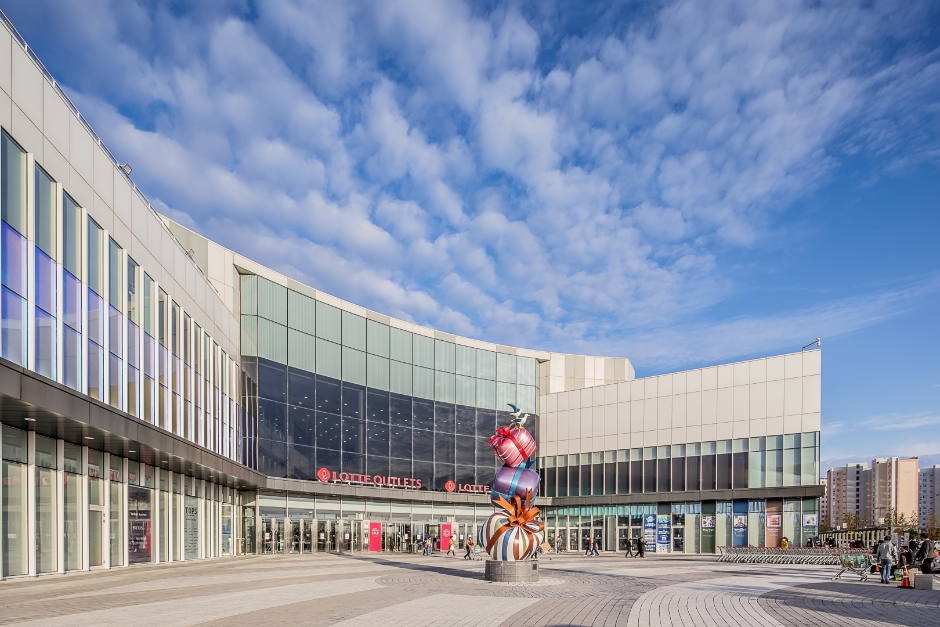
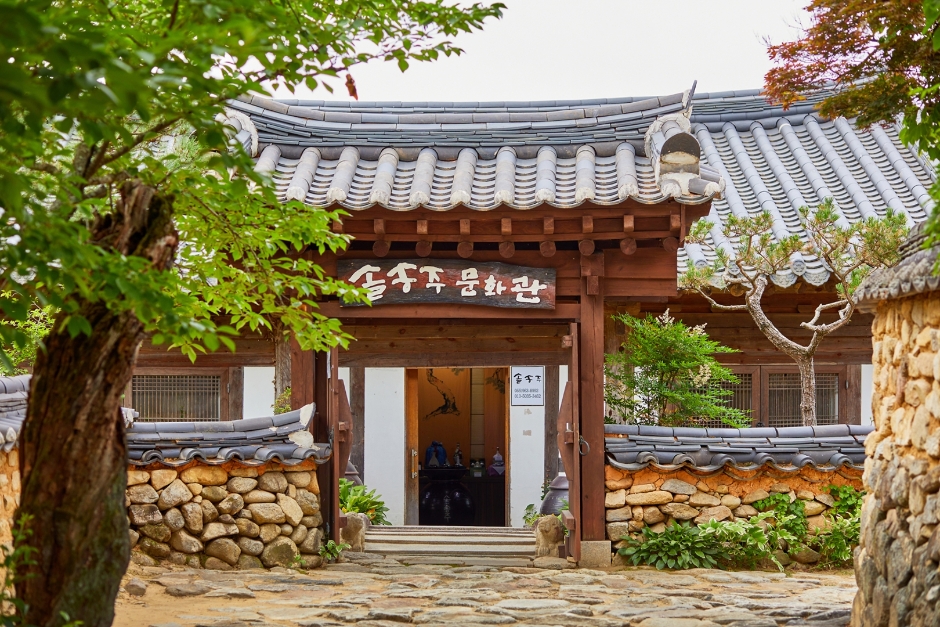
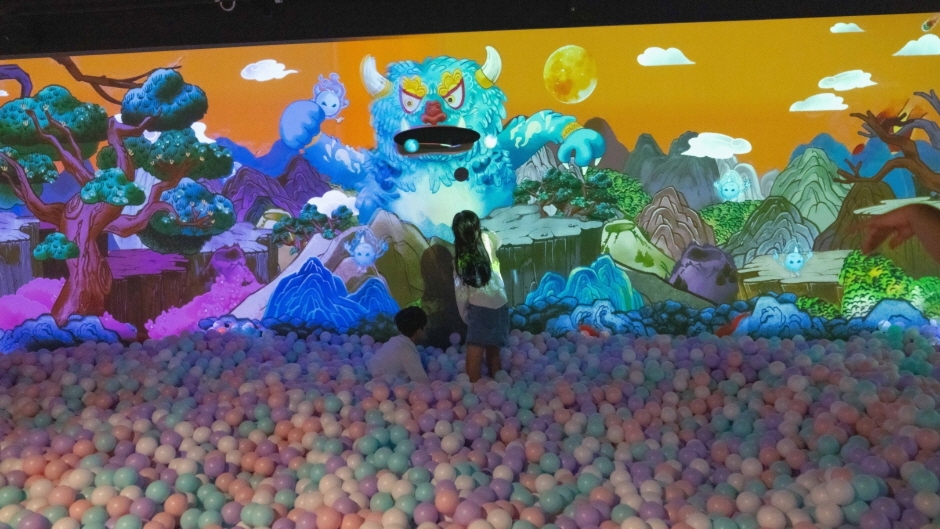
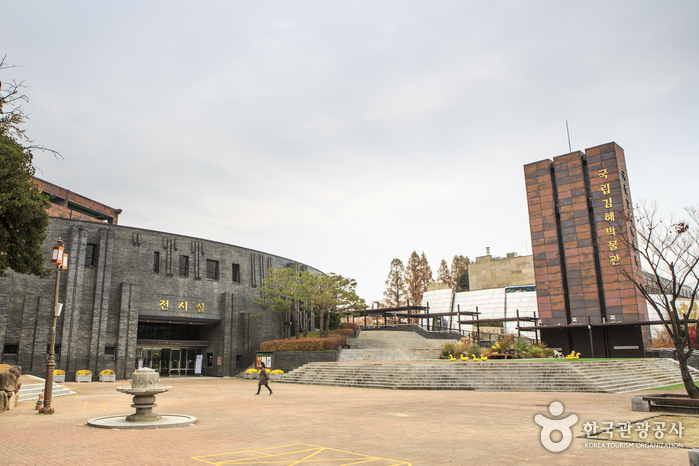
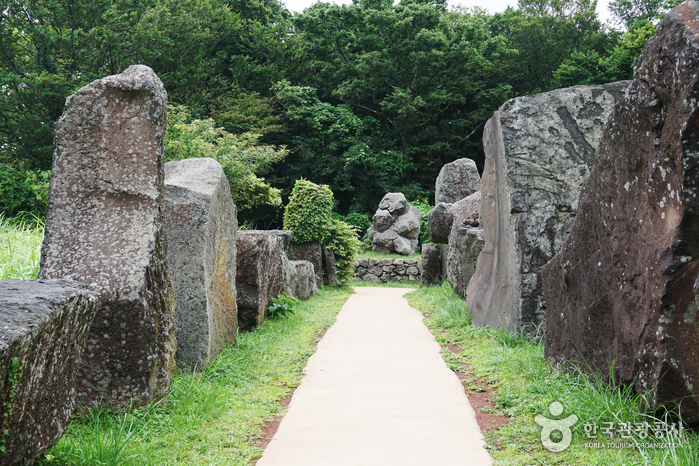
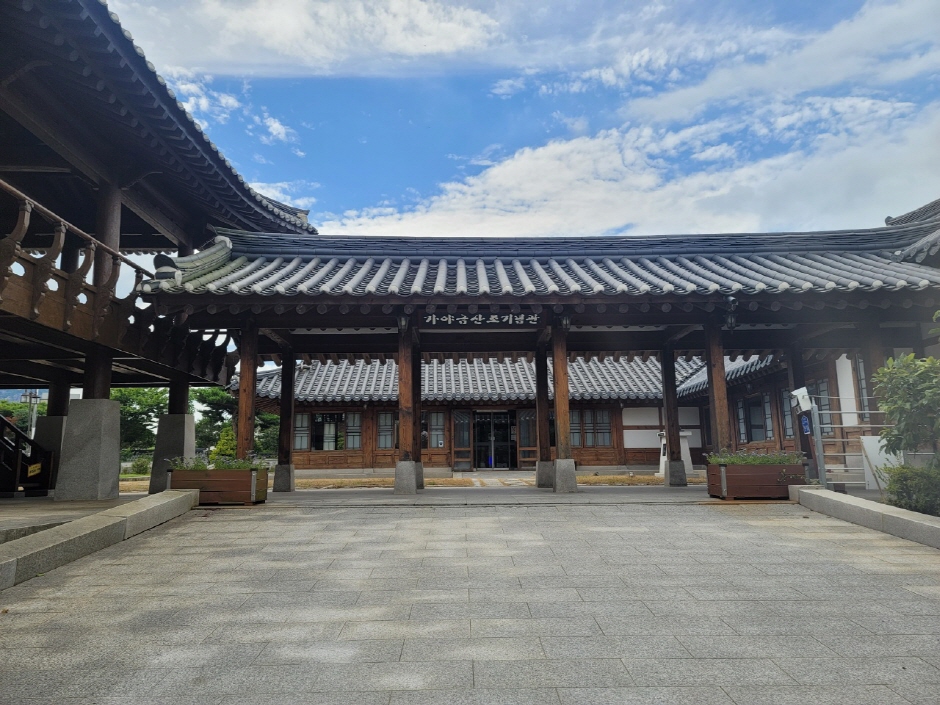
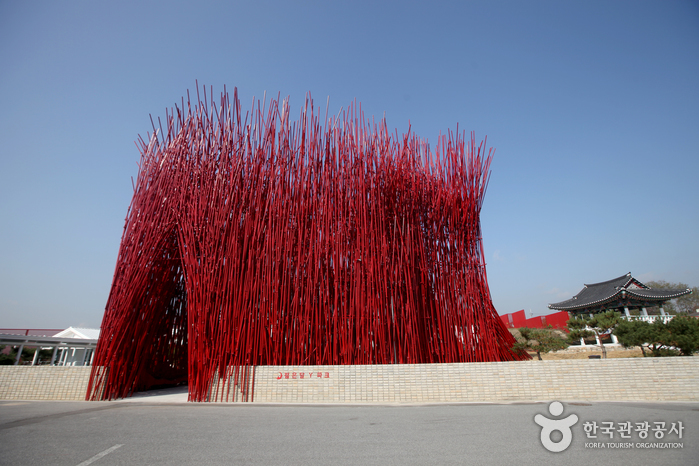
 English
English
 한국어
한국어 日本語
日本語 中文(简体)
中文(简体) Deutsch
Deutsch Français
Français Español
Español Русский
Русский